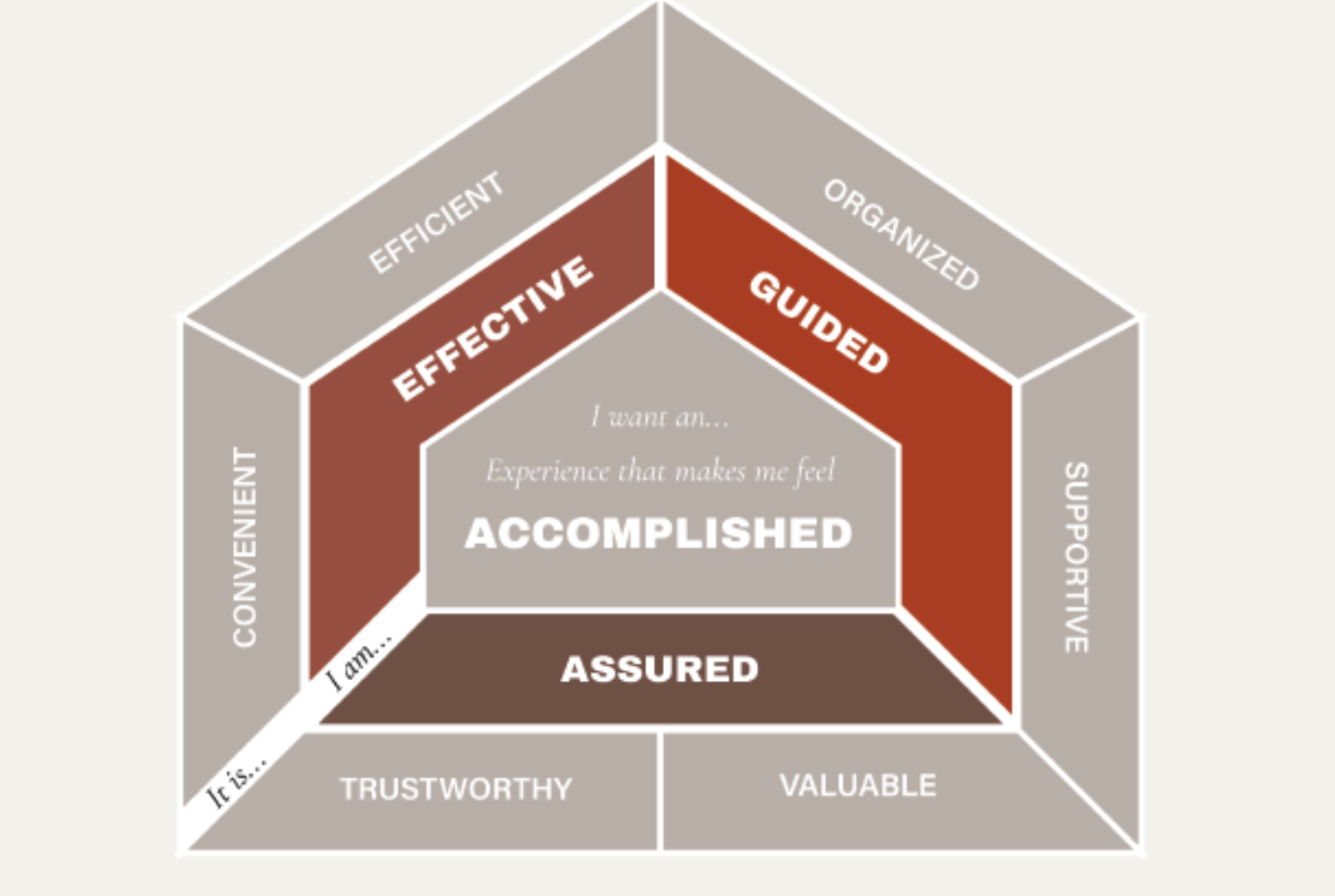Ideal Experience: Home Improvement Stores
This project focused on understanding the U.S. home improvement market to create a customer experience framework that better enables hardworking Americans to build the homes of their dreams. Through immersive primary and secondary research, we explored how DIY consumers shop, what barriers they face, and what creates a truly supportive, efficient, and inspiring in-store journey.
Our goal was to develop a strategic framework that retailers can use to reimagine the home improvement experience.
Team of
3
Tools Used
Miro | Canva | InDesign
Year
Jan -March 2024
Project
Lextant Research
Opportunity Area:
We identified that the home improvement sector, while growing rapidly, lacks an ideal experience for modern DIY consumers. Pain points such as confusing store layouts, lack of guidance, and inefficient service models often hinder project success and satisfaction.
The opportunity was to redefine the in-store experience to make it more Effective, Guided, and Assured, empowering consumers at every stage of their DIY journey.
How We Solved It:
Our approach followed a rigorous contextual research process:
Primary Research through in-store interviews and sensory cue exercises with DIY customers.
Secondary Research analyzing U.S. home improvement trends, DIY consumer behaviors, and market data.
Affinitization to synthesize over 300+ data points into key insights.
Persona Development and Journey Mapping to visualize pain points and opportunities.
Framework Creation to define the ideal experience pillars (Effective, Guided, Assured) for future home improvement stores.
The Outcome:
Our project proposes a comprehensive framework that helps home improvement stores:
Streamline and simplify the customer journey.
Provide personalized support and expert guidance.
Build trust through transparent product claims and seamless service.
Promote customer confidence and loyalty through sustainable, value-driven practices.
Further Project Insights:
-
Primary & Secondary Research
Stakeholder Mapping
Persona Development
User Journey Mapping
Sensory Cue Kits & Interviews
Affinitization
Insight Synthesis
Framework Creation
Visual Storytelling (Magazine Design)
-
Demonstrated how customer-centric store designs can boost DIY confidence and project success.
Highlighted the critical role of navigation, support, and transparency in improving in-store experiences.
Uncovered the importance of emotional drivers—like feeling "effective" and "assured"—in purchase behavior.
Showed how contextual research methods reveal deeper user needs that traditional surveys might miss.
-
Archithaa Karuppannagounder (M.A. Design Management)
Ryan Peters (M.F.A. Industrial Design)
Rani Ranaware (M.A. Design for Sustainability)
For More Information on the Project, Email: archithaakp@gmail.com





